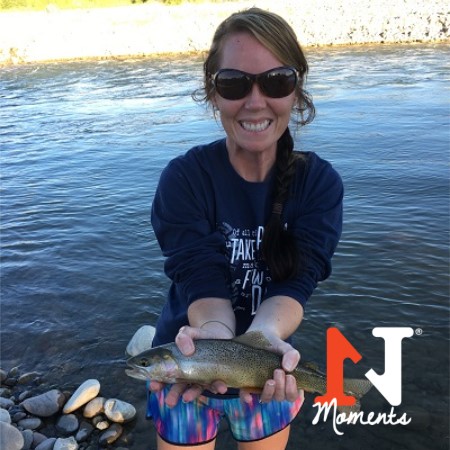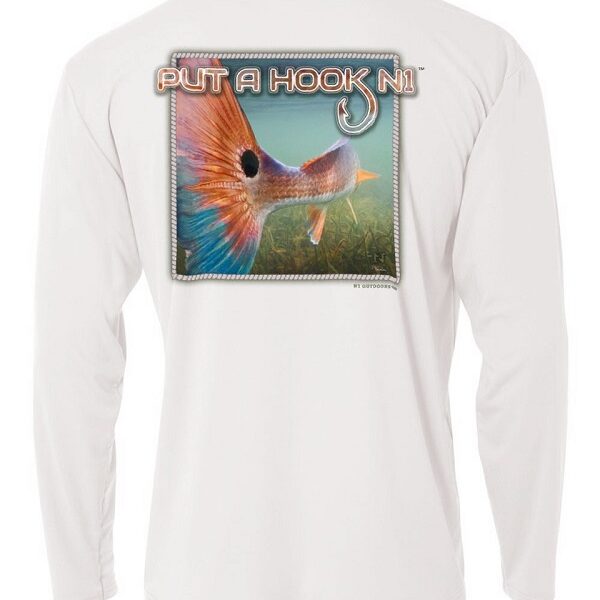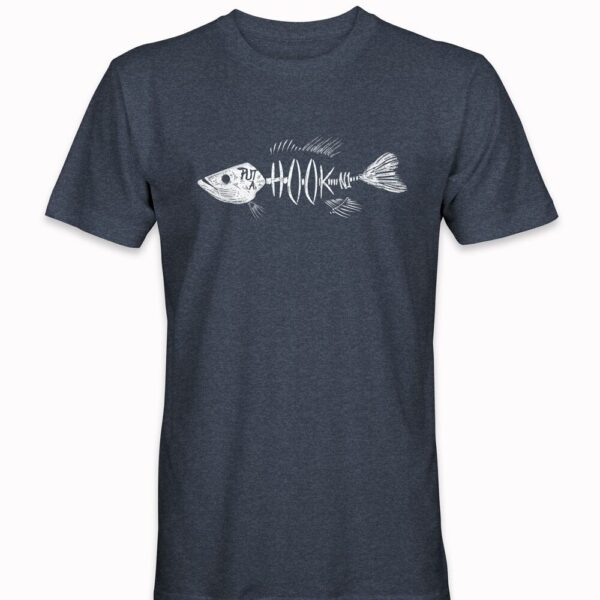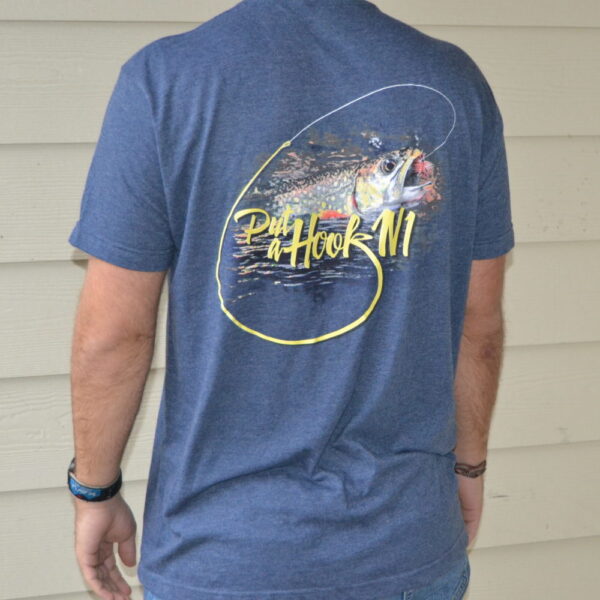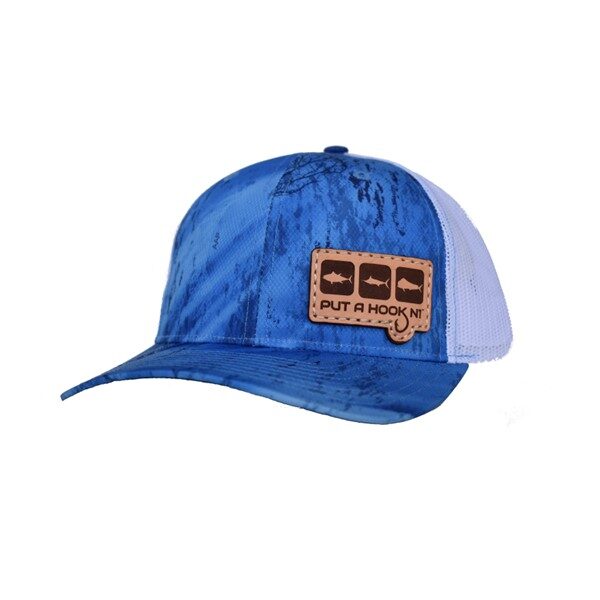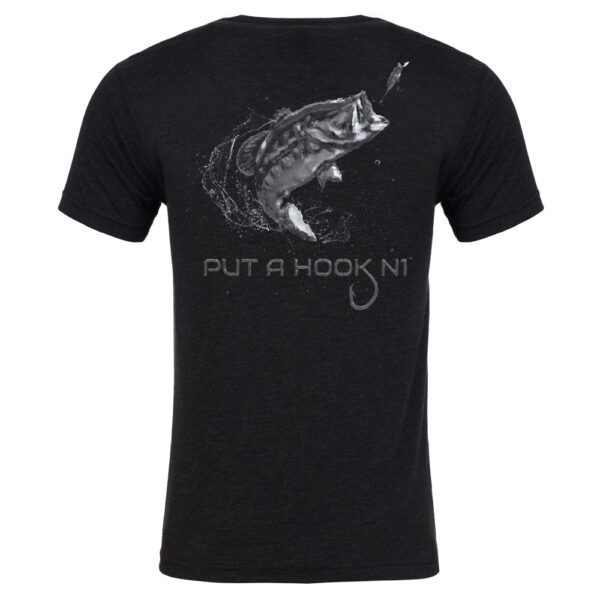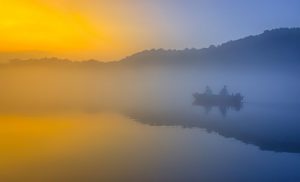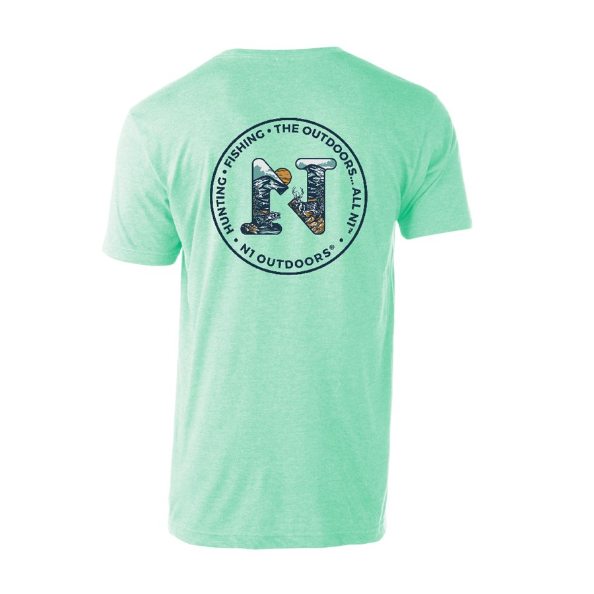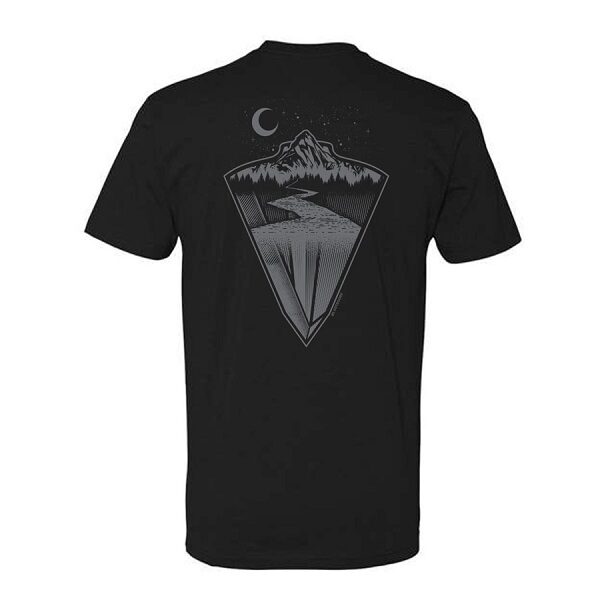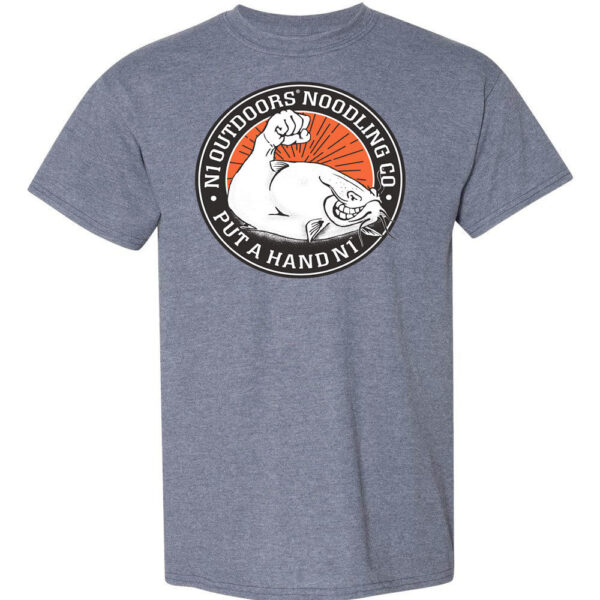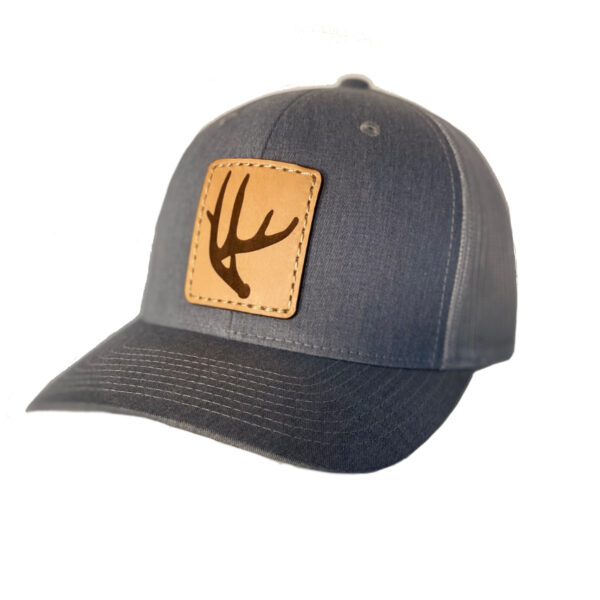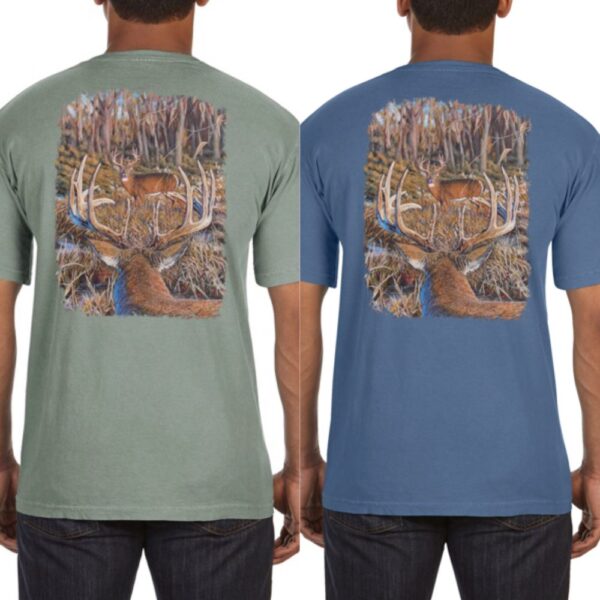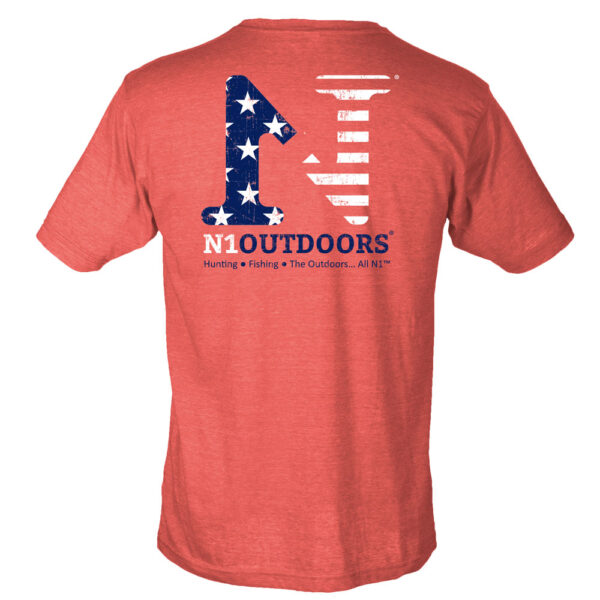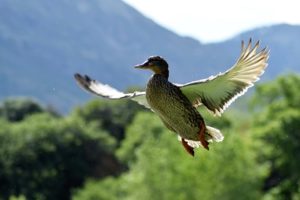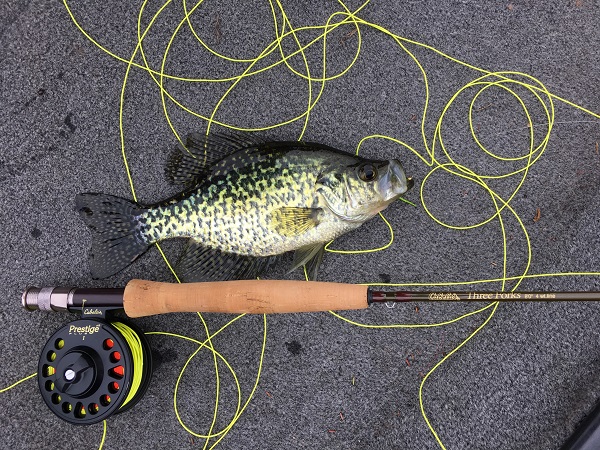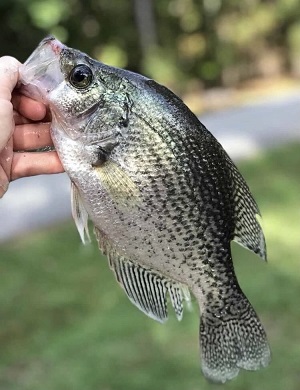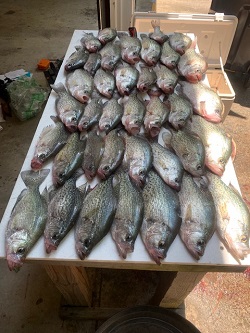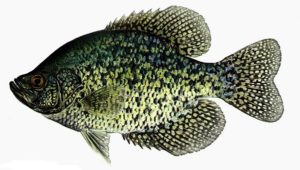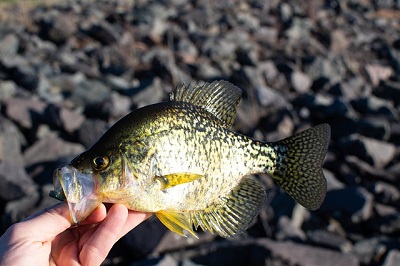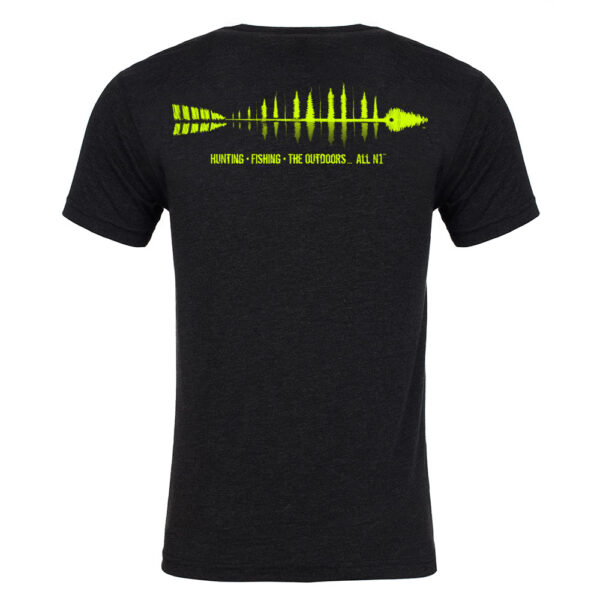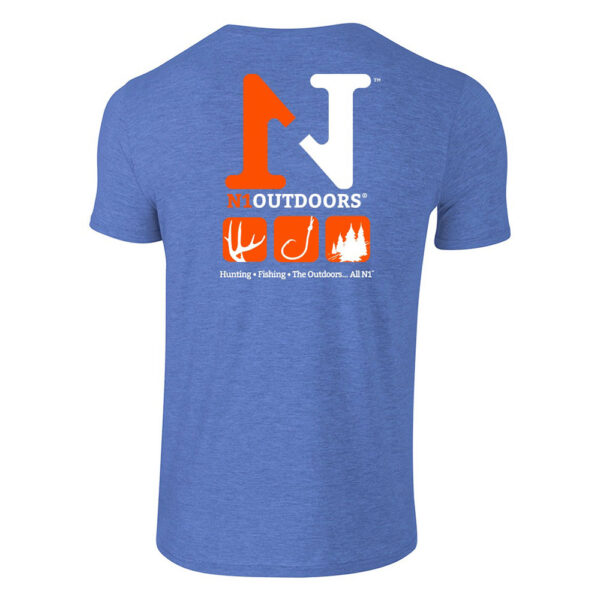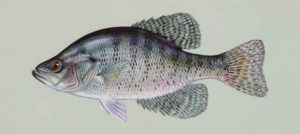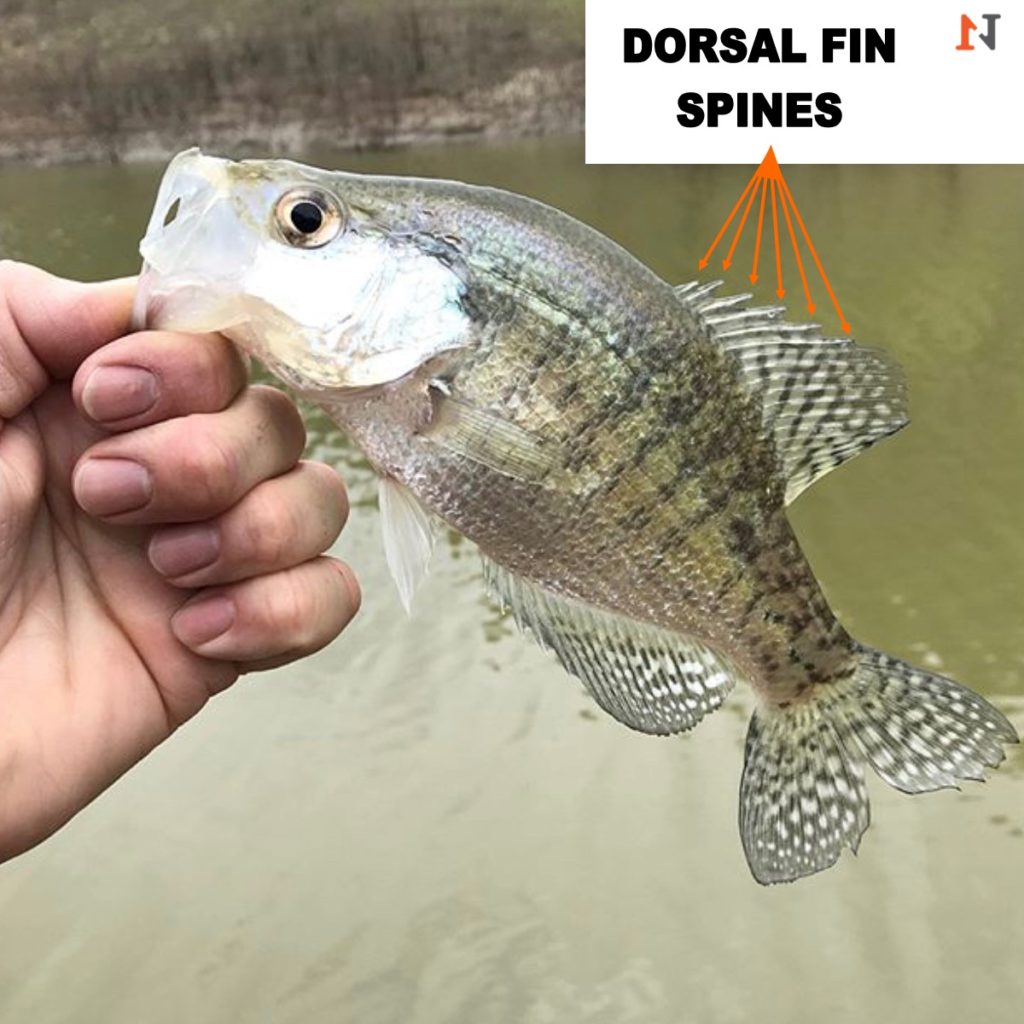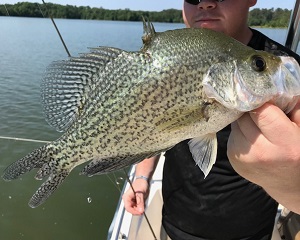We are all wounded. Time doesn’t heal all wounds. The wounds remain. In time, the mind covers these wounds with scar tissue and the pain lessens. But, it never disappears; it is never gone. Sometimes, you’ll have good days, and in the midst of silent moments, it hits you: everything. It hurts to talk, to love, to remain above water.
Simply existing is difficult. No one cares; no one wants to hear about the days you spend lying in your bed, hoping to never wake up. You wish you could be anywhere or even in a time other than now.
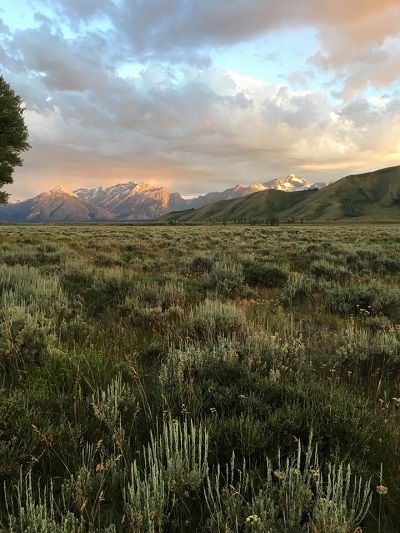
“I love that which is invariably beautiful. Everything is beautiful where trout lie.”
We all have our ways of coping with these wounds. We have our own acts of survival; our own ways of staying alive, even when life isn’t life anymore. Your soul knows what to do to heal itself. The challenge is to silence the mind.
Silence. The disappearance of white noise and chatter; the disappearance of people. Bubbling water, flowing from the snow melt, down the river and over stream beds of smoothed pebbles. Nothing but you and the reverie of what lies ahead.
I love that which is invariably beautiful. Everything is beautiful where trout lie. I hate that which is invariably ugly: people, television, iPads, and assorted social stigmas that come with living in a modern society. Doctors prescribing you a new prescription to dull your senses; to numb what you hope to one day feel.
#ad
In a world where most people spend their lives doing things they hate, my escape is the endless source of solitude. On the water, wading in a stream, or strolling through woods, I find solitude without loneliness. I fish because I love to; because fish do not lie; they cannot be bribed or impressed by power, but respond to humility. They respond to a patience only true fishermen know.
Patience. It is something I know. Mastering the art of fishing takes time. Taking that experience and portraying it on canvas takes even more time. But why? Anyone can paint a fish but where there is no emotion, it is just that: a picture of a fish. Channeling that feeling of excitement, the sweet fragrance of evergreen trees, or the repetitive song of a marsh wren into a visual work of art requires total immersion into the moment.
When I paint a fish, I’m painting the moment; I’m reminding myself that this is my refuge. A refuge where my lesions of life can heal; where my mind can drift like the dry fly on theGros Ventre River. You watch your line or the reflection dancing and nothing more; somehow, you unconsciously grasp the sweet scent of summer, the memory of mountain bluebirds singing, and the wind gently sweeping the tinge of hair on your face. This is the calm; this is the silence your soul mediates with your mind.
“Trout… what fly fishermen are after. But are they really? Maybe it is the attainable sensation of hope that the next trout will be bigger, prettier, a challenge.”
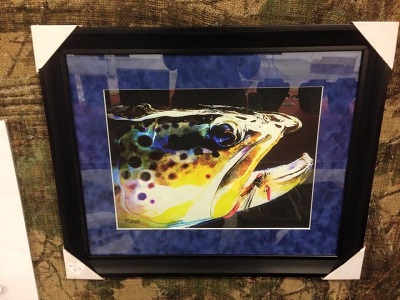
Calm. At ease. I sit down and close my eyes, taking myself back to a western seclusion. It’s like I’m sitting there on an exposed rock, watching the sunset dance on cottonwood leaves. The towering Teton Mountains are behind me. I’m watching time stroll by, sweeping in the last of the snowmelt. Little did I know that this is where trout lie.
Trout… what fly fishermen are after. But are they really? Maybe it is the attainable sensation of hope that the next trout will be bigger, prettier, a challenge.
Me? I borrowed my husband’s rod, practicing the dance between rod, line, and water. Gently coaxing the fly back and forth then sorting the landing among the ripples, rocks, and current. I pick it up as it makes it way down river, ready to try again. Same movements, easing the line like I’m painting in plein aire.
I’m aiming at this swirl in the river, lessening the chance of a bite. I don’t care. I’m not fishing, or at least I didn’t think so.
#ad
I was immersed into the meditation offly fishing; the flouncing elegance of casting and presenting my fly.
I start to bring in my line as it sweeps down river, but something happened. Something is different. My line is weighted. Then it moves upriver, unnaturally against the current.
我的hands stay steady but my mind is still processing the thought that I have a trout on the end of the line.
How? Why? I wasn’t ready for a fish.
This uncontrollable feeling of pure excitement swept over me, and I couldn’t help but yell, “Holy Moly! Icaught a trout!”
I still wasn’t sure if what I said was true. I reeled and hand-lined the trout in. Oh, indeed, it was a trout. It was a fine-spotted Snake River cutthroat.
I somehow caught a trout that fishermen go years trying to obtain but yet, always eluded.
In my excitement, I felt this peace overcome me. Contradictory, I know. I wasn’t after the trout. My soul knew the existence of what was there; a sense of healing and a chance to release.
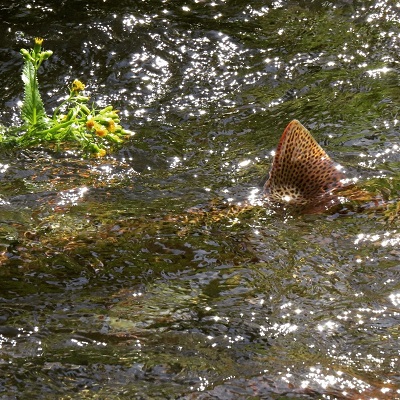
“Pain is a part of life. Sometimes, it’s a big part. And sometimes, it’s as small as a nymph. But either way, it’s a part of the big puzzle, the deep waters, the great catch.”
All of this happened so fast, but my consciousness took in every millisecond, hyper-vigilant on my surroundings and emotions. I honestly could not process the disbelief and how an incredible moment was presented on my road to healing.
I’ve learned to control my outward emotions, but inside, I was weeping. I needed this. I looked down at this trout. It’s beautiful colors and spots matching the golden light that backlit my excitement.
Oh, how this trout unknowingly helped me; how the simple act of fishing helped me. I was releasing what pain and confusion my mind had warped into suffering. I gently supported the trout for it’s release.
#ad
For the release wasn’t just putting the fish back in the water. It was free; but was I? I had to let go. In doing so, I started to release the hurt. I released the fear. I started to heal. I have refused to entertain the old pain.
Pain is a part of life. Sometimes, it’s a big part. And sometimes, it’s as small as a nymph. But either way, it’s a part of the big puzzle, the deep waters, the great catch.
Pain does two things: it teaches you; it tells you that you’re alive. Then the reality of it drifts away and leaves you changed. It leaves you wiser. Sometimes, it leaves you stronger. That strength is hidden in the depths of weakness and despair. Either way, pain leaves its mark and everything important that will ever happen to you in life is going to involve it in one degree or another.
So take that rod, find water, and cast. You just might let something go.


